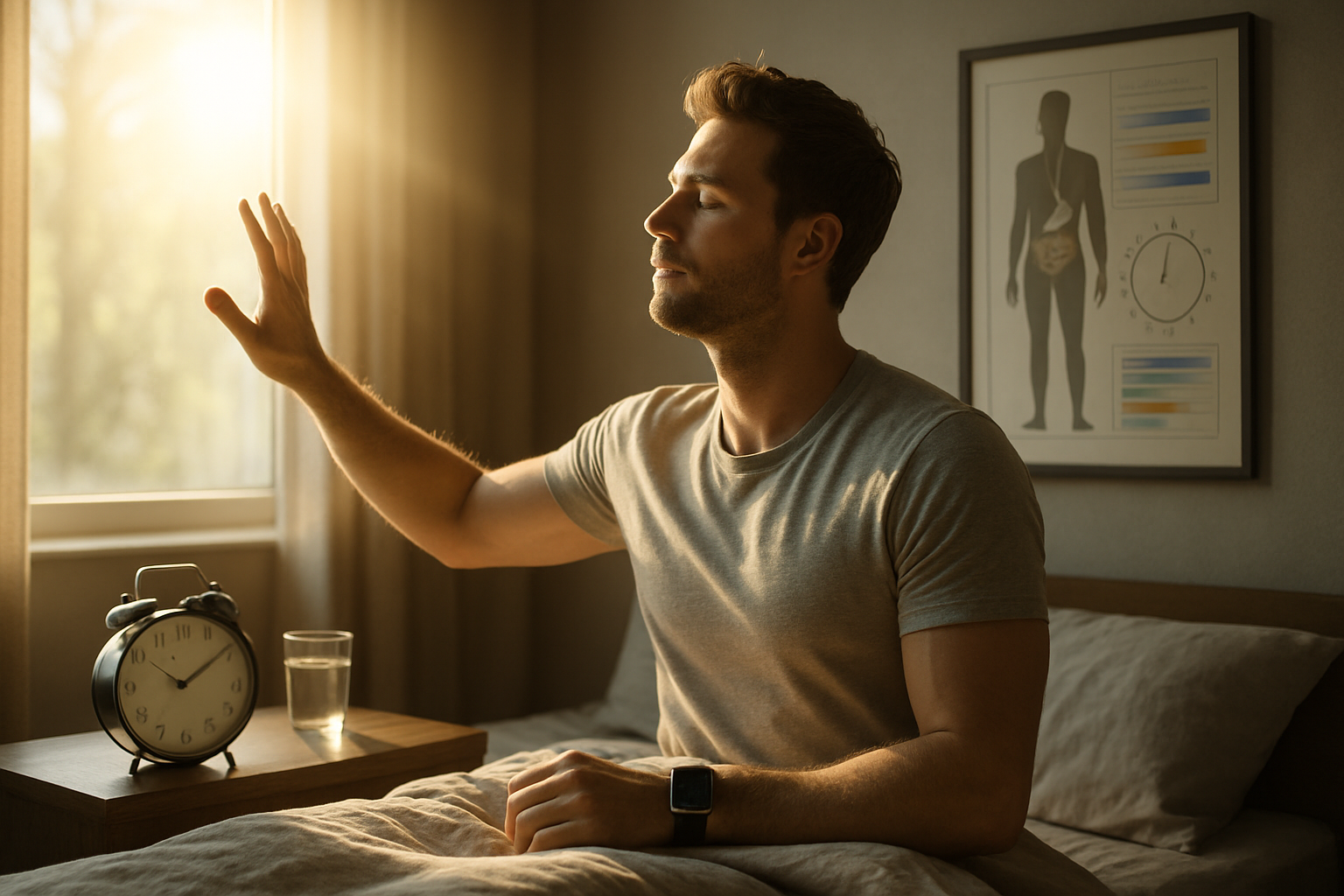Circadian Lighting: Illuminating the Path to Better Health
Can the right lighting transform your health? Imagine a world where the simple act of adjusting your home's illumination could enhance your sleep, boost your mood, and even improve your cognitive function. Welcome to the revolutionary realm of circadian lighting, a cutting-edge approach to wellness that's shedding new light on how we live, work, and thrive.

Circadian lighting systems mimic the natural progression of sunlight throughout the day. They adjust color temperature and intensity to align with our body’s natural circadian rhythms. In the morning, these systems emit cooler, bluer light to stimulate alertness and productivity. As the day progresses, the light gradually shifts to warmer tones, preparing the body for rest and relaxation in the evening.
The Evolution of Light and Human Health
Humans have evolved under the sun’s natural light cycle for millions of years. However, the advent of artificial lighting in the 19th century dramatically altered our relationship with light. While this innovation brought numerous benefits, it also disrupted our natural circadian rhythms, leading to various health issues.
Recent research has highlighted the profound impact of light on human health. Studies have shown that exposure to blue light in the evening can suppress melatonin production, the hormone responsible for regulating sleep. This disruption can lead to sleep disorders, mood disturbances, and even increase the risk of certain chronic diseases.
Implementing Circadian Lighting in Daily Life
Adopting circadian lighting principles doesn’t necessarily require a complete overhaul of your home’s lighting system. Simple changes can make a significant difference:
-
Use smart bulbs that can adjust color temperature throughout the day.
-
Install dimmer switches to control light intensity.
-
Incorporate natural light whenever possible by opening curtains during the day.
-
Use warmer, dimmer lights in the evening to promote relaxation.
-
Limit exposure to blue light from electronic devices before bedtime.
The Health Benefits of Circadian Lighting
The potential health benefits of circadian lighting are vast and varied. Research has shown that aligning light exposure with natural circadian rhythms can:
-
Improve sleep quality and duration
-
Enhance mood and reduce symptoms of depression
-
Boost cognitive function and productivity
-
Regulate hormone production, including melatonin and cortisol
-
Potentially reduce the risk of certain chronic diseases, such as obesity and diabetes
Circadian Lighting in Various Settings
The applications of circadian lighting extend beyond the home. Workplaces, healthcare facilities, and educational institutions are increasingly recognizing the value of this approach:
-
Offices: Circadian lighting can improve employee productivity, mood, and overall well-being.
-
Hospitals: Proper lighting can enhance patient recovery and staff performance.
-
Schools: Optimized lighting may improve student attention, learning outcomes, and behavior.
-
Retirement homes: Circadian lighting can help regulate sleep patterns and improve the quality of life for elderly residents.
Challenges and Considerations
While the potential benefits of circadian lighting are promising, there are challenges to consider:
-
Cost: High-quality circadian lighting systems can be expensive to install and maintain.
-
Complexity: Properly implementing a circadian lighting system requires careful planning and expertise.
-
Individual differences: People may respond differently to various lighting conditions, necessitating personalized approaches.
-
Integration with existing technology: Ensuring compatibility with smart home systems and other technologies can be challenging.
The Future of Circadian Lighting
As research in this field continues to evolve, we can expect to see more innovative applications of circadian lighting:
-
Personalized lighting prescriptions based on individual circadian rhythms and health needs.
-
Integration with wearable devices to provide real-time lighting adjustments.
-
Advanced AI-driven systems that learn and adapt to users’ preferences and behaviors.
-
Broader adoption in public spaces, transportation, and urban planning.
Illuminating Facts: Shedding Light on Circadian Rhythms
-
The human circadian rhythm is slightly longer than 24 hours, typically around 24.2 hours.
-
Blue light exposure in the morning can be as effective as coffee in boosting alertness.
-
The color temperature of natural light changes throughout the day, from cool blue in the morning to warm orange in the evening.
-
Circadian disruption has been linked to an increased risk of certain cancers, particularly in shift workers.
-
Plants also have circadian rhythms, which can be influenced by artificial lighting in indoor environments.
In conclusion, circadian lighting represents a fascinating intersection of technology, biology, and wellness. By aligning our artificial light environments with our natural biological rhythms, we have the potential to significantly enhance our health, productivity, and overall quality of life. As research continues and technology advances, circadian lighting may well become an integral part of our daily lives, illuminating a brighter, healthier future for all.





